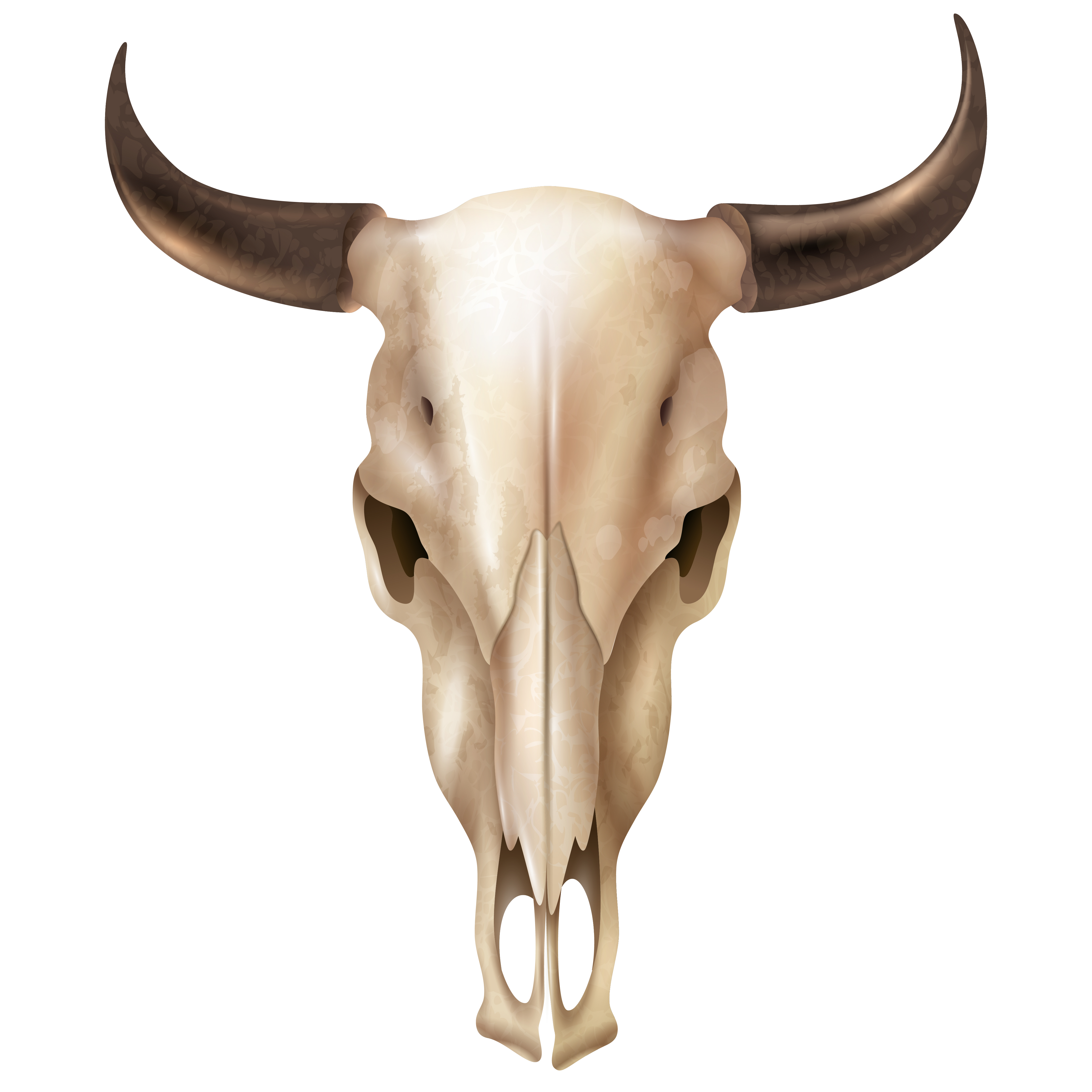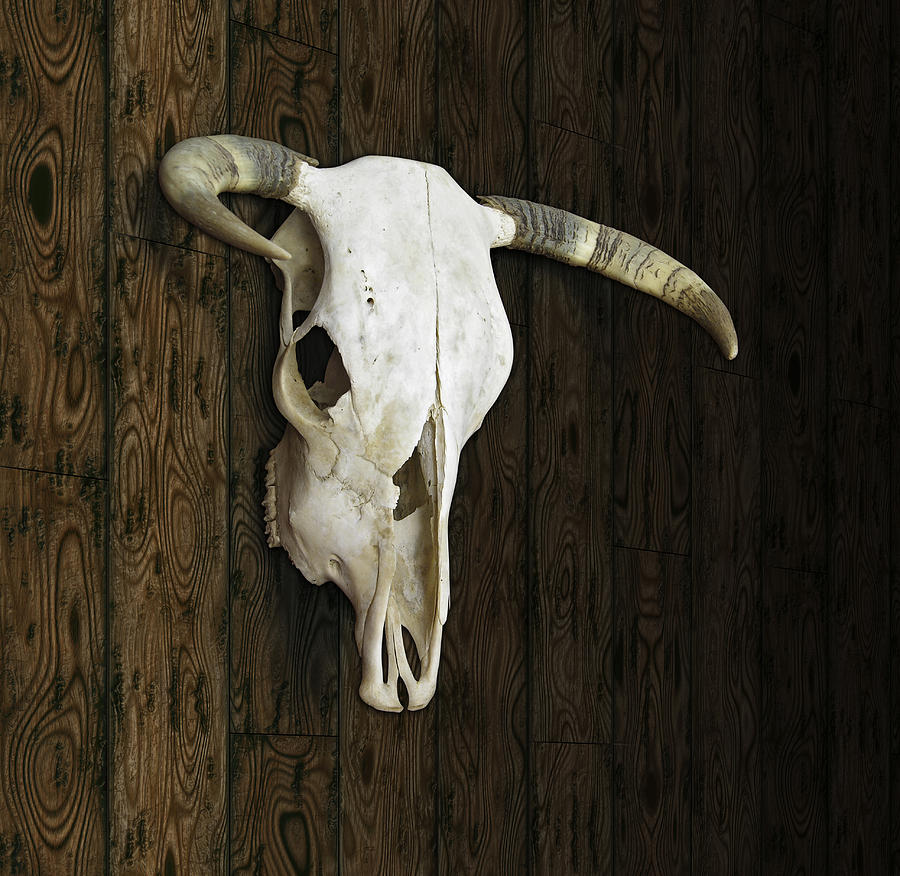
Cow skull art has become a popular form of contemporary artwork that captivates both art enthusiasts and nature lovers alike. The intricate designs and unique aesthetics of cow skull art have made it a sought-after decorative item for homes, offices, and galleries. This article will delve into the history, symbolism, and the various forms of cow skull art that have gained recognition in recent years.
The History of Cow Skull Art

The use of cow skulls as a form of artistic expression dates back to ancient times. Native American tribes, such as the Lakota and Apache, viewed the cow skull as a sacred symbol representing strength, protection, and fertility. They adorned these skulls with feathers, beads, and other natural materials to create intricate designs.
In the 20th century, cow skull art gained popularity among the Southwest Native American tribes, particularly the Navajo and Hopi. Artists like Fred Kabotie and Harrison Begay incorporated cow skulls into their paintings, showcasing their rich cultural heritage and connection to nature.
The Symbolism of Cow Skull Art

Cow skull art carries various symbolic meanings across different cultures and artistic interpretations. It often represents the cycle of life and death, reminding us of the impermanence and interconnectedness of all living beings. The cow skull's association with strength and protection also makes it a symbol of resilience and courage.
Furthermore, cow skull art can reflect the artist's reverence for nature and their desire to preserve the beauty of the natural world. It serves as a reminder of our responsibility to protect and appreciate the environment we inhabit.
Forms of Cow Skull Art
Cow skull art comes in various forms, ranging from traditional Native American designs to contemporary and abstract interpretations. Some artists choose to paint directly on the skull, while others create replicas using materials like resin or clay.
Painted cow skulls often feature intricate patterns, vibrant colors, and detailed motifs inspired by nature, tribal symbols, or geometric shapes. These artworks exude a sense of cultural heritage and offer a unique blend of tradition and modernity.
Another popular form of cow skull art is the embellishment of the skull with jewelry, feathers, or other materials. This approach adds texture and depth to the artwork, creating an eye-catching display that celebrates both the natural world and human creativity.
Decorating with Cow Skull Art

Cow skull art has found its place in interior design, adding a touch of rustic charm and cultural significance to any space. Whether displayed as a centerpiece on a mantel, mounted on a wall, or incorporated into a larger art installation, cow skulls can transform a room's ambiance.
For those seeking a more minimalist approach, a single cow skull adorned with subtle accents can create a striking focal point. On the other hand, a collection of cow skulls with diverse designs can make a bold statement and showcase the beauty of this art form.
Conclusion
Cow skull art has evolved from its ancient origins to become a contemporary form of expression that embodies cultural heritage, symbolism, and artistic creativity. Its popularity continues to grow as people appreciate the intricate designs and unique aesthetic it brings to any space.